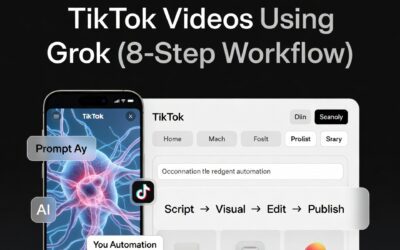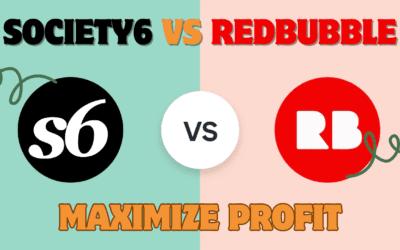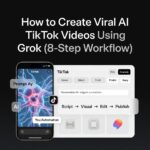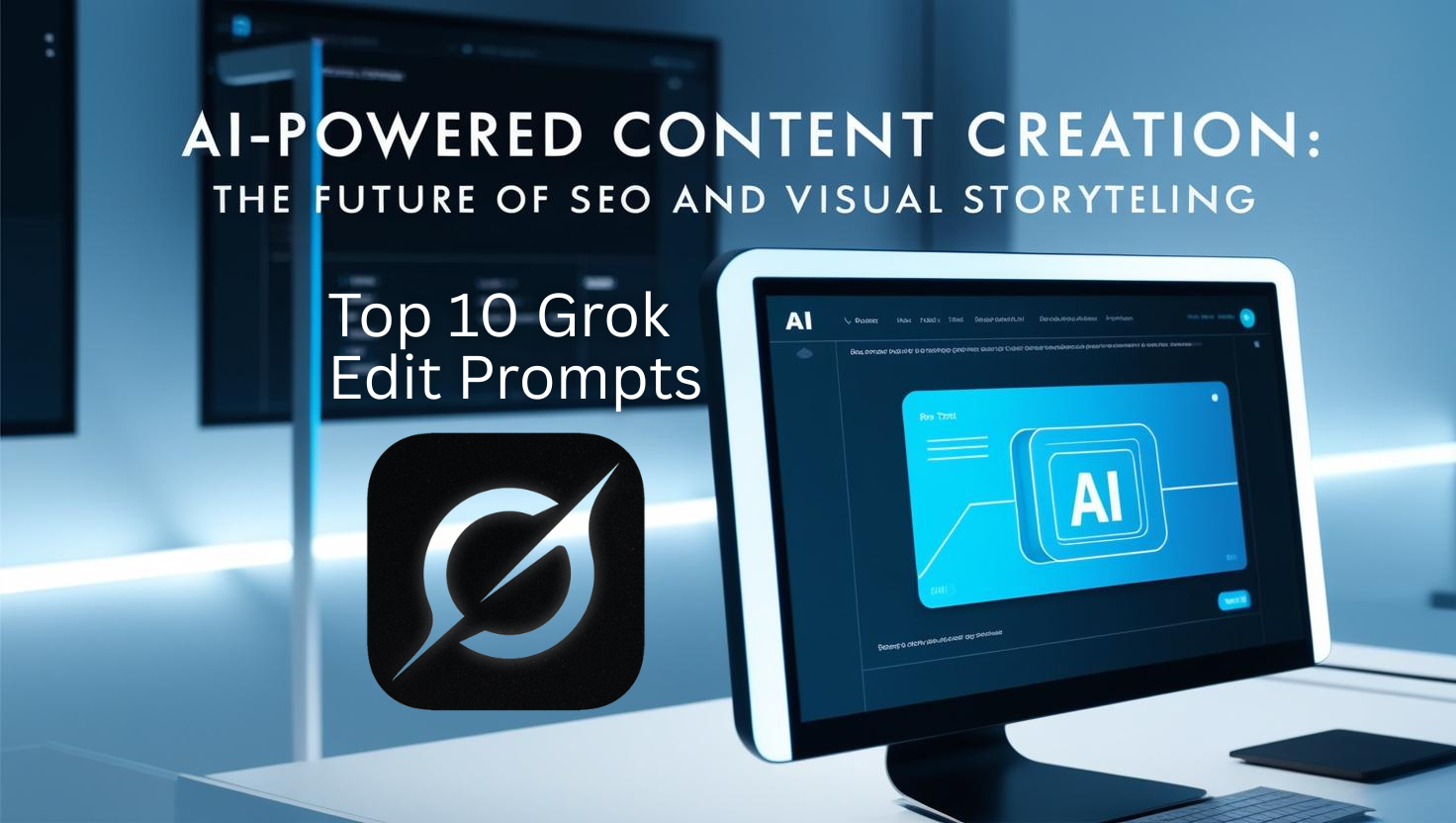Introduction
Imagine an AI that can look at a photo, read a caption, and listen to a voice note to understand a situation, just like a human would. This is no longer science fiction—it’s the reality of multimodal AI.
Unlike traditional “unimodal” AI, which processes just one type of information (like text or images), multimodal AI can process and integrate multiple data types—or “modalities”—simultaneously. This includes text, images, audio, and video. By combining these inputs, it achieves a richer, more context-aware, and human-like understanding. For businesses and developers, grasping multimodal AI is key to unlocking the next generation of intelligent applications.
How Multimodal AI Works
At its core, multimodal AI is designed to mimic human perception by synthesizing information from our different senses. The architecture of these systems is generally built around three key components: encoders, a fusion mechanism, and a decoder.
The Technical Process: From Raw Data to Understanding
The journey of data through a multimodal AI model involves several sophisticated steps:
- Input Processing with Encoders: Each data type is processed by a specialized neural network called an encoder.
- Text Encoders transform written words into numerical representations (embeddings) that capture their meaning and context.
- Image Encoders convert image pixels into feature vectors that represent key visual elements like shapes, colors, and objects.
- Audio Encoders turn sound waves into features that capture patterns in rhythm, tone, and spoken words.
- The Fusion Mechanism: This is the heart of multimodal AI. The fusion module combines the embeddings from the different encoders to create a unified understanding. There are several strategies for this:
- Early Fusion: Raw data from different modalities is combined before being processed.
- Intermediate Fusion: The model fuses the data in its intermediate, processed form within the neural network layers.
- Late Fusion: Each modality is processed separately, and the results are combined at the final stage to make a decision.
- Generation and Output: Finally, a decoder takes the fused representation and generates the required output, which could be a text answer, a decision, or a new piece of content.
Text, Image, and Sound: The Three Key Modalities
The power of multimodal AI comes from how it handles and connects these different types of data. The table below breaks down the three key modalities.
| Modality | How AI Processes It | Example of Combined Use |
|---|---|---|
| Text | Natural Language Processing (NLP) techniques parse sentences for meaning, sentiment, and intent. | An AI customer service agent uses a user’s typed complaint and an uploaded product image to understand the full context of a problem. |
| Image | Computer Vision algorithms analyze pixels to identify objects, scenes, and activities. | A self-driving car fuses camera data with input from radar and lidar to navigate safely and interpret traffic signs. |
| Sound | Speech Recognition converts audio to text, while broader audio analysis detects emotion, tone, and non-speech sounds. | A virtual meeting tool uses multimodal AI to analyze a speaker’s tone of voice (audio) and facial expressions (video) to provide real-time feedback on presentation style. |
A critical technical challenge in this process is data alignment—ensuring that the different data types are synchronized and contextually connected. For example, in a video, the audio of a person speaking must be correctly aligned with the visual of their lip movements for the AI to properly understand the content.
Real-World Applications of Multimodal AI
Multimodal AI is not just a theoretical concept; it’s already transforming industries by enabling more intuitive and intelligent systems. The market is projected to grow dramatically, from USD 1.6 billion in 2024 to a projected USD 27 billion by 2034, reflecting a compound annual growth rate (CAGR) of 32.7%. Other analyses project an even larger market size, reaching USD 42.38 billion by 2034.
Here are some concrete examples of multimodal AI in action:
- Healthcare: Systems like IBM Watson Health integrate data from electronic health records, medical imaging, and clinical notes to aid in more accurate disease diagnosis and create personalized treatment plans.
- Autonomous Vehicles: Companies in the automotive sector use multimodal AI to fuse data from cameras, radar, lidar, and sensors. This allows vehicles to perceive their environment in real-time, detect pedestrians, and make safe navigation decisions.
- Customer Service: Platforms are becoming far more advanced by analyzing customer queries that combine text, images, and even videos of a damaged product. This leads to faster, more empathetic, and effective resolutions.
- Retail and E-commerce: Amazon uses multimodal AI to enhance packaging efficiency. By merging data on product dimensions, shipping requirements, and inventory, its AI determines the most optimal packaging, reducing waste.
- Content Creation and Media: The media and entertainment industry uses multimodal AI for automated captioning, content generation, and analyzing viewer behavior to personalize recommendations. The generative multimodal AI segment was valued at USD 740.1 million in 2024, driven by demand for high-quality digital content.
Benefits and Challenges
The adoption of multimodal AI brings significant advantages, but it’s not without its hurdles.
Key Benefits:
- Improved Accuracy and Robustness: By cross-referencing multiple data sources, these systems can correct errors that might occur in a single modality, leading to more reliable outcomes.
- Richer Contextual Awareness: Multimodal AI understands context in a way unimodal systems cannot, similar to how humans use surrounding clues to interpret a situation.
- More Natural Interaction: It enables the creation of user interfaces that understand commands and queries delivered through a combination of voice, gesture, and text.
Significant Challenges:
- Data Integration Complexity: Combining data with different structures (e.g., sequential text vs. spatial images) is a major technical hurdle.
- High Computational Cost: Processing multiple data streams requires substantial power, often needing advanced GPUs and TPUs, which can be expensive and energy-intensive.
- Data Privacy and Security: Handling sensitive personal data from multiple sources (like voice and video) increases the risk of privacy breaches and demands robust protection measures.
- Inherent Bias and Fairness: If the training data is not diverse, multimodal AI models can perpetuate and even amplify societal biases, leading to unfair outcomes.
- Lack of Transparency: The “black box” nature of these complex systems can make it difficult to understand how they arrived at a particular decision, raising accountability concerns.
Getting Started with Multimodal AI: Actionable Insights
For organizations and developers looking to explore multimodal AI, here is a practical path to begin.
- Start with a Clear Problem: Don’t adopt the technology for its own sake. Identify a specific business problem where combining data types (e.g., customer text reviews with product images) would yield a clearer insight than a single data type alone.
- Plan Your Data Strategy Early: The success of a multimodal AI project hinges on data. Begin by cataloging the data modalities you have access to. Pay close attention to data quality and the challenge of alignment—ensuring your different data types can be synchronized and connected meaningfully.
- Leverage Pre-Trained Models and APIs: You don’t need to build from scratch. Major cloud providers like Google, Microsoft, and OpenAI offer powerful multimodal AI models (like GPT-4V, Gemini, and Claude) through APIs. Starting with these can help you prototype quickly and understand the capabilities without a massive initial investment.
- Prioritize Ethics and Governance from Day One: As you plan your project, integrate ethical considerations. Develop guidelines for data privacy, actively seek to identify and mitigate bias in your datasets, and plan for how you will monitor the model’s decisions for fairness and accuracy.
- Begin with a Pilot Project: Choose a well-scoped, low-risk pilot project to test the waters. This could be an internal tool for summarizing multimedia reports or a feature that enhances your product with image-based search. Use the pilot to learn, iterate, and demonstrate value before scaling up.
Conclusion
Multimodal AI represents a fundamental shift in artificial intelligence, moving us closer to machines that can perceive the world with a depth and nuance that was previously impossible. Its ability to weave together text, images, and sound is already creating waves across healthcare, automotive, retail, and beyond. While challenges around data, computation, and ethics remain, the trajectory is clear. By understanding the mechanics, applications, and practical steps to adoption, you and your organization can position yourselves at the forefront of this transformative technology. The future of AI is multimodal—and now is the time to get ready for it.
Sources and References
- Pieces.app. (2024). What is Multimodal AI? A complete overview. Retrieved from https://pieces.app/blog/multimodal-ai-bridging-the-gap-between-human-and-machine-understanding
- Appinventiv. (2024). Top 10 Innovative Multimodal AI Applications and Use Cases. Retrieved from https://appinventiv.com/blog/multimodal-ai-applications/
- ResearchAndMarkets.com. (2025). Multimodal AI Market Opportunity, Growth Drivers, Industry Trend Analysis, and Forecast 2025-2034 [Press release]. Retrieved from https://finance.yahoo.com/news/multimodal-ai-research-report-2025-151300716.html
- Mori, G. (2024). Technical and Ethical Challenges of Multimodal AI. Substack. Retrieved from https://giancarlomori.substack.com/p/technical-and-ethical-challenges
- Milvus. (2024). What is the role of data alignment in multimodal AI?. Retrieved from https://milvus.io/ai-quick-reference/what-is-the-role-of-data-alignment-in-multimodal-ai
- Kanerika. (2024). Multimodal AI 2025 Technologies Behind It, Key Challenges & Real Benefits. Medium. Retrieved from https://medium.com/@kanerika/multimodal-ai-2025-technologies-behind-it-key-challenges-real-benefits-fd41611a5881
- Precedence Research. (2025). Multimodal AI Market Size to Hit USD 42.38 Billion by 2034. Retrieved from https://www.precedenceresearch.com/multimodal-ai-market
- Macgence. (2025). Multimodal AI – Overview, Key Applications, and Use Cases in 2025. Retrieved from https://macgence.com/blog/multimodal-ai/
- Mistry, R. (2024). Multimodal AI: The New Era of AI that Understands Text, Images, Audio, and More. Towards AI. Retrieved from https://pub.towardsai.net/multimodal-ai-the-new-era-of-ai-that-understands-text-images-audio-and-more-3c0e9e02e0e4
- MarketResearchFuture.com. (2024). Multimodal AI Market Research Report. Retrieved from https://www.marketresearchfuture.com/reports/multimodal-ai-market-22520
















